Known for sweet fruit, the loquat (Eriobotrya japonica) is also valued for its leaves' many medicinal properties. In several cultures, notably in Asia, these leaves have been used for centuries to make an infusion with beneficial health properties. Preparing loquat leaf tea at home is simple, provided a few essential steps are followed, from harvest of leaves to infusion. Discover all our tips on when and how to harvest leaves, how to dry them, store them and use them!
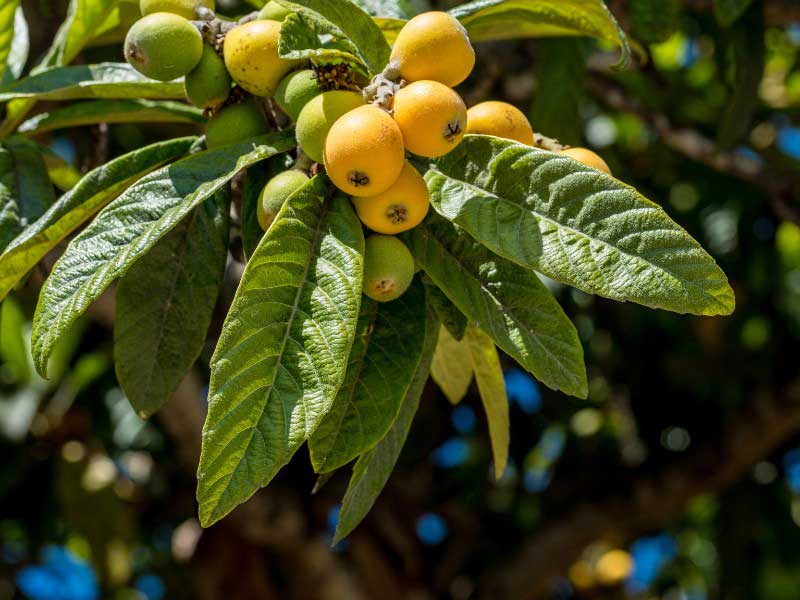
What are the benefits of loquat leaf tea?
Loquat leaf tea is known for its health benefits. It contains powerful antioxidants, such as ursolic acid and flavonoids, which help support immune system and reduce inflammation. It is also known for positive effects on digestion, helping to soothe stomach and promote good absorption of food. Some studies suggest it may help regulate blood sugar, making it a potential ally for people concerned by type 2 diabetes. Finally, this tea is traditionally used to relieve minor breathing ailments, such as cough or sore throat.

When to harvest loquat leaves?
Loquat leaves can be harvested throughout year, but spring and early summer are the best periods. At that time, tree is in full growth and leaves are well developed. Mature leaves are generally preferred for infusion because they contain higher concentration of active compounds, although young, more tender leaves can also be used.
How to harvest them?
To harvest leaves, simply cut with scissors or a clean pruning shear leaves that are bright green, free from spots or signs of disease. It is preferable to choose intact leaves, without holes or insect marks. Avoid taking too much from the same branch so as not to weaken tree. Moderate and regular harvesting helps preserve loquat vigour while providing a good supply of leaves to dry.
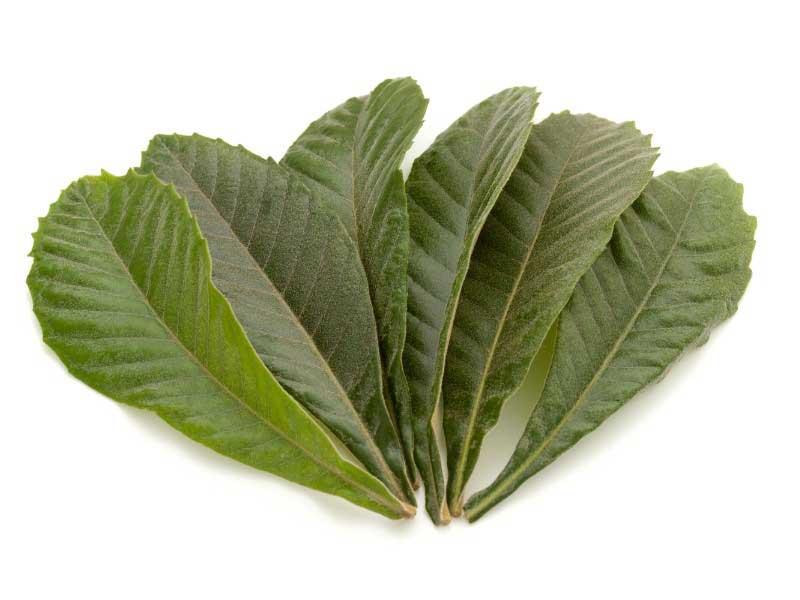
How to dry and store them?
Once harvested, leaves should be washed thoroughly under cold water to remove dust or any residues. Then lay leaves flat on a clean cloth in a dry, well-aired place away from direct sunlight. Drying can take from a few days to two weeks, depending on humidity. Leaves are ready when they become brittle to touch.
Once fully dry, leaves can be stored in an airtight jar, away from light and moisture. Under these conditions, they will retain their properties for several months.
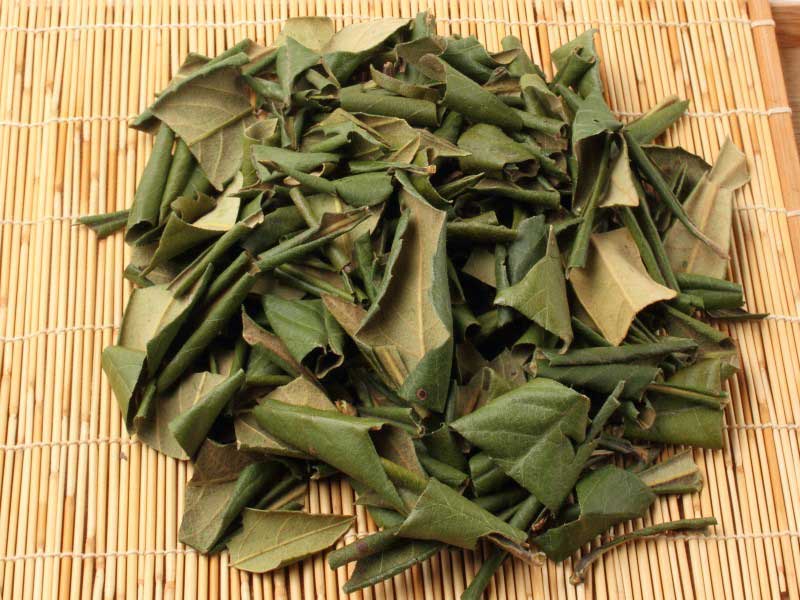
How to prepare a loquat leaf infusion?
Here are our tips for preparing an infusion and enjoying all the benefits of loquat:
- Use about 2 g of leaves per cup (6 to 8 g for a teapot).
- Bring water to the boil, then let it cool slightly (around 90 °C).
- Place leaves in a teapot or a cup, and pour hot water over them.
- Leave to infuse for 10 minutes.
- Strain infusion and enjoy. You can add a little honey to sweeten flavour.
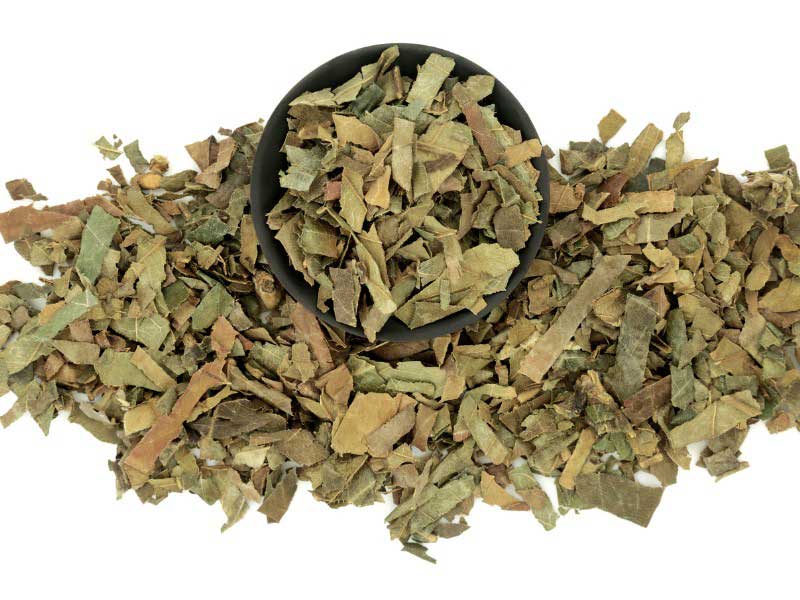
It is also possible to lightly roast leaves before infusion, which gives them a sweeter, slightly caramelised flavour.
This natural infusion is not only pleasant to drink but also fits perfectly into a daily wellness routine. However, as with any medicinal plant, consult healthcare professional if in doubt, especially in presence of particular medical conditions.
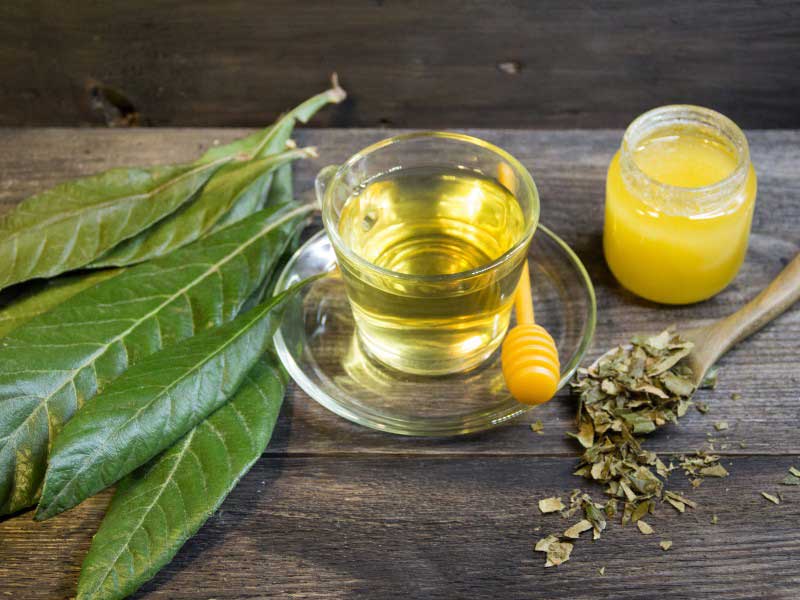































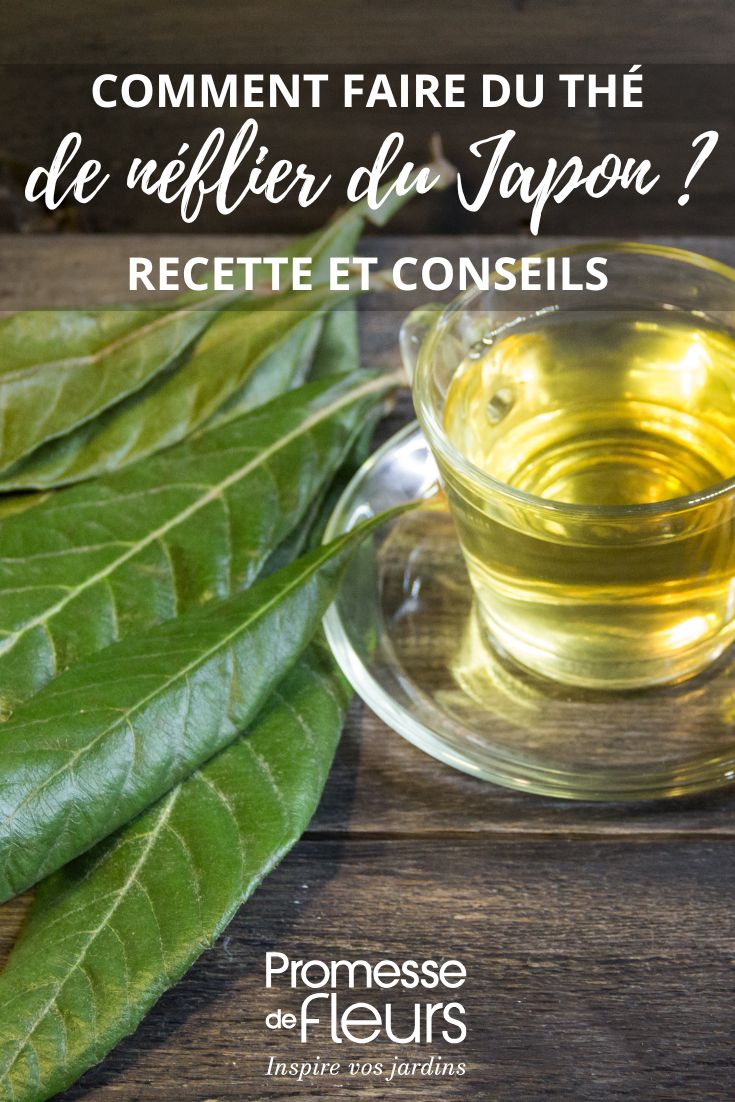
Comments